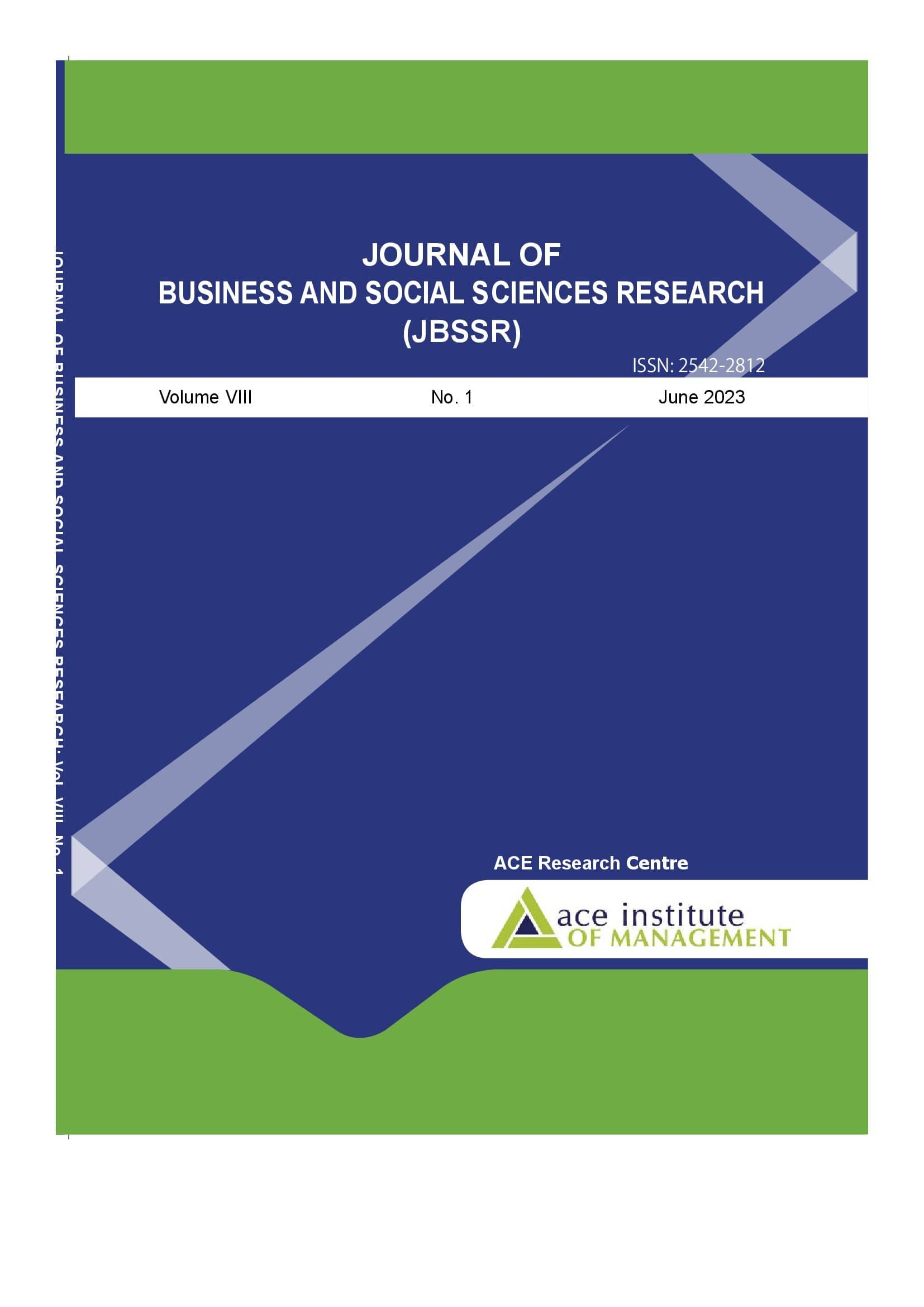Adoption of Digital Banking: Insights from a UTAUT Model
DOI:
https://doi.org/10.3126/jbssr.v8i1.56580Keywords:
adoption, digital banking, Ordinary Least Squares, Unified Theory of Acceptance and Use of Technologies modelAbstract
The study examines the factors that affect the adoption of digital banking by clients of commercial banks in Nepal. The paper used a survey questionnaire to collect primary data from a sample of 384 respondents and applied statistical tools including descriptive statistics, correlation analysis, reliability testing, and regression analysis to analyse the data. The results showed that facilitating conditions, effort expectancy, and habit had a significant positive impact on digital banking adoption, while social influence and performance expectancy did not have a significant effect. The regression analysis identified habit as the strongest predictor of digital banking adoption, followed by effort expectancy and facilitating conditions. Overall, the findings suggest that banks should focus on making their digital banking services convenient and reliable to encourage more widespread adoption.
Downloads
Downloads
Published
How to Cite
Issue
Section
License
© JBSSR/AIM
Authors are required to transfer their Copyright to the Journal of Business and Social Sciences Research.




